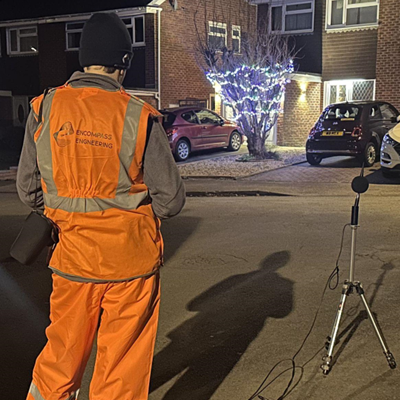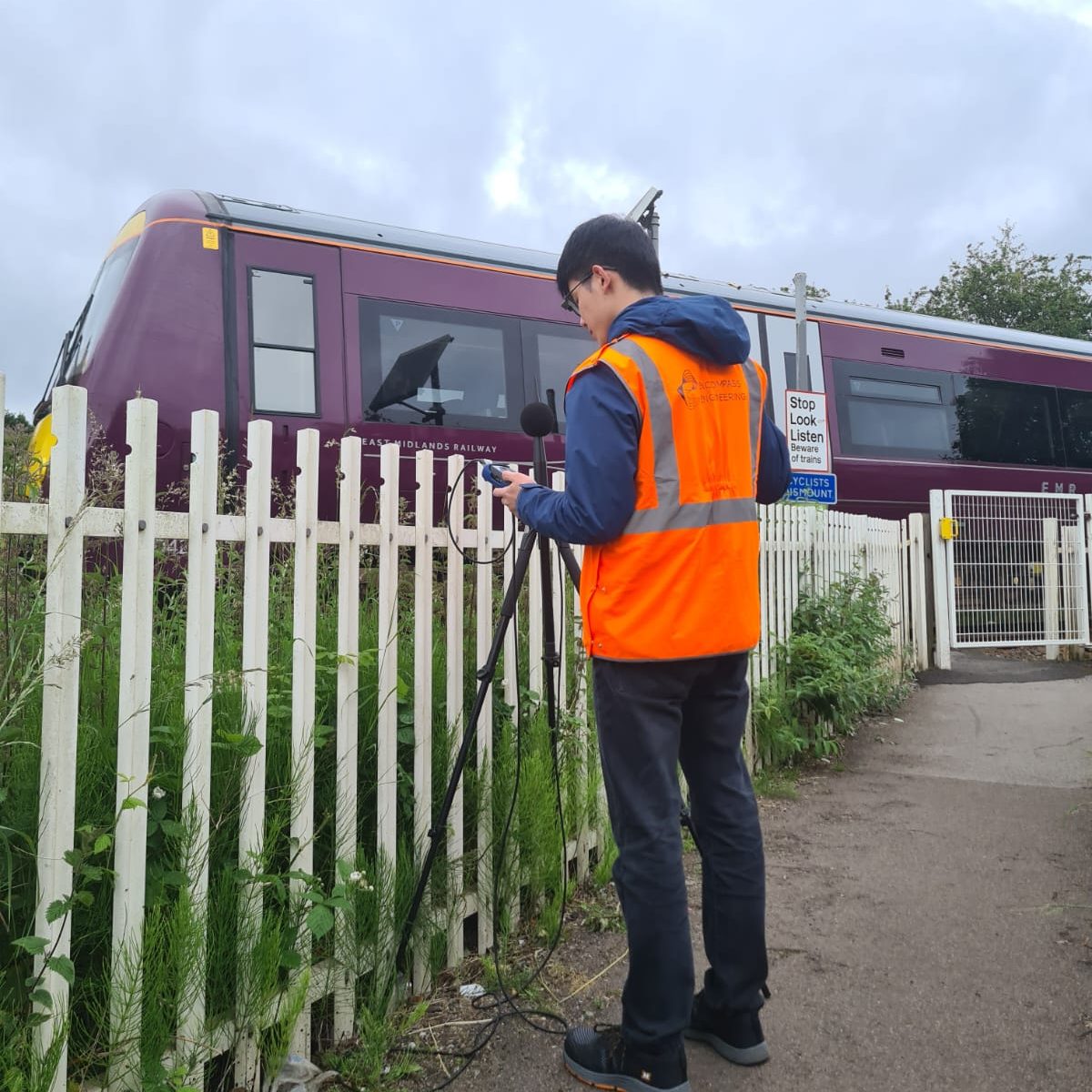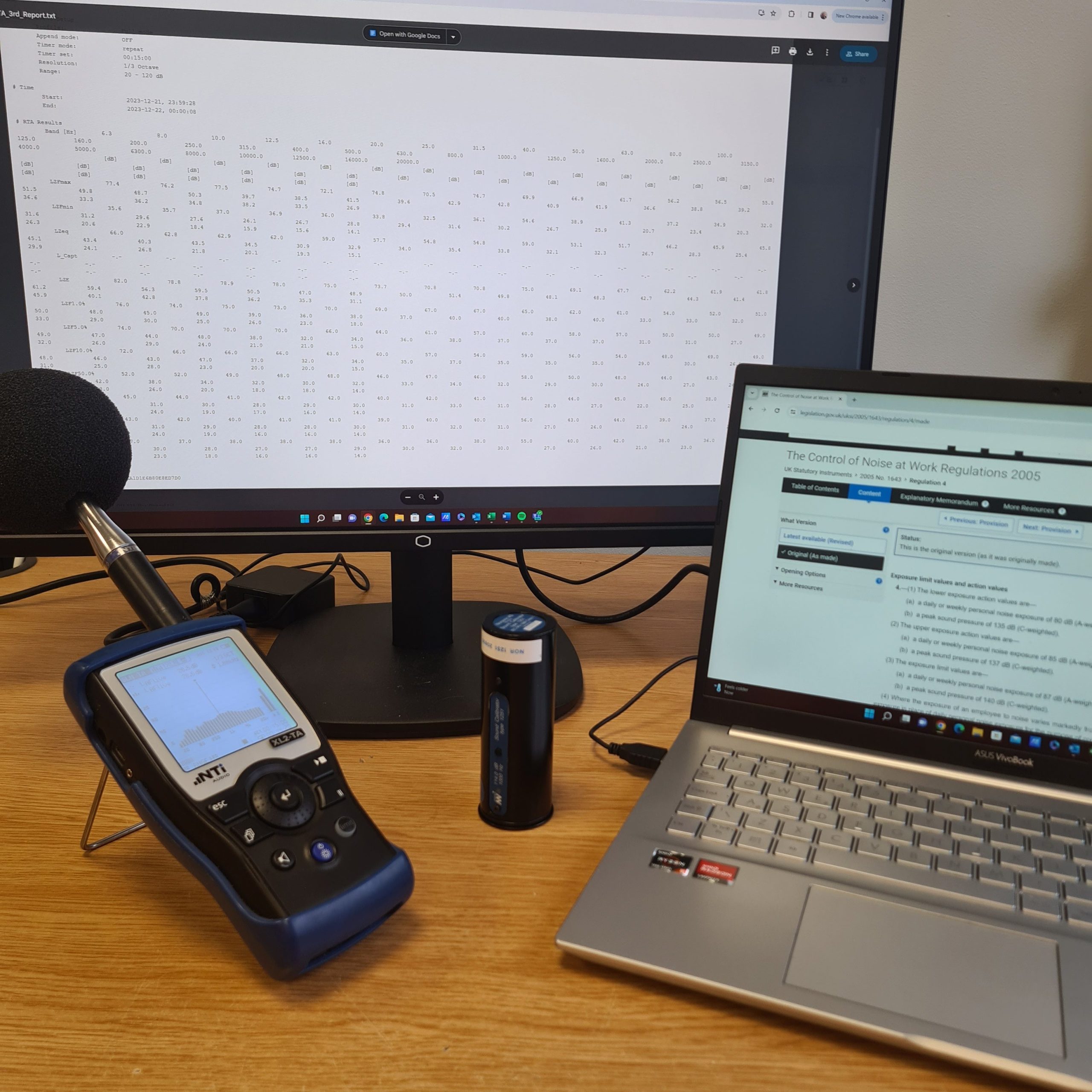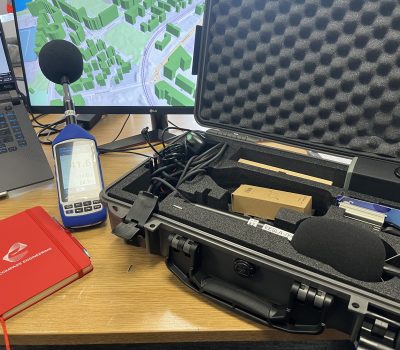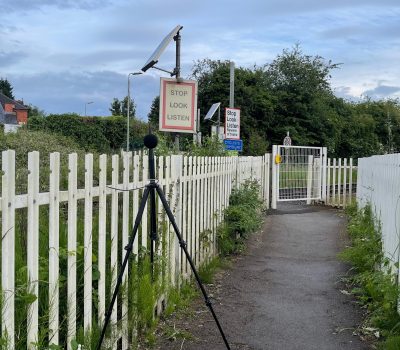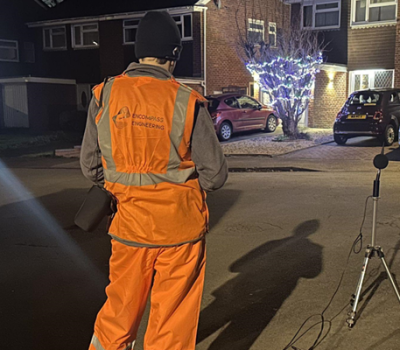Noise & Acoustic Consultancy Services
As Derby-based noise and acoustic consultants, we can deliver precise noise monitoring, mapping, and mitigation solutions tailored to your needs. Using cutting-edge acoustic equipment and advanced Geographic Information System (GIS) technology, we provide real-time data collection and analysis to identify noise sources, trends and hotspots.
We help our customers comply with noise regulations, conduct workplace noise assessments to ensure workplace safety, and resolve noise complaints effectively. Whether you need acoustic surveys, noise and vibration monitoring or targeted noise control strategies, we offer reliable, actionable insights to optimise your operations and enhance environmental performance.

